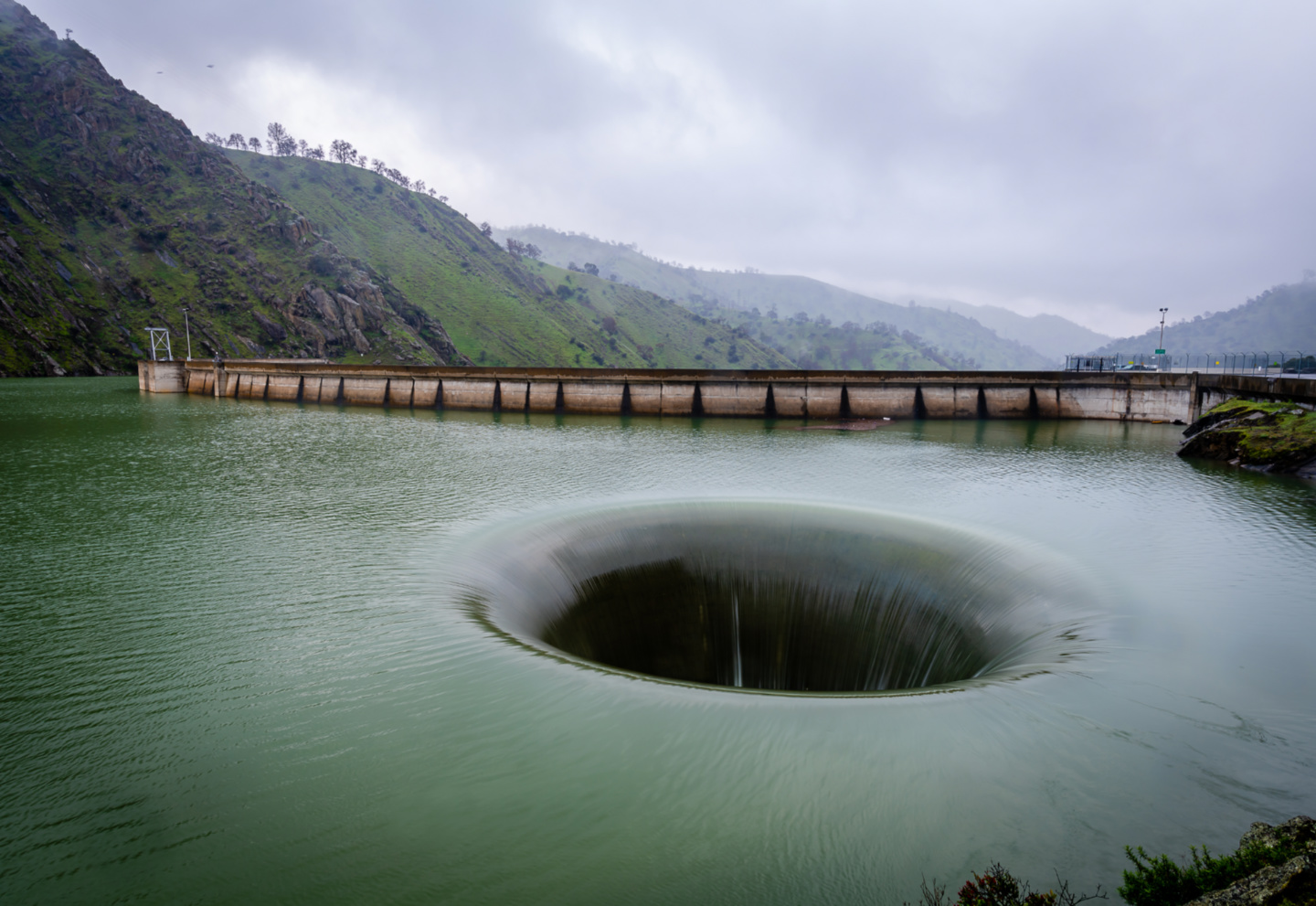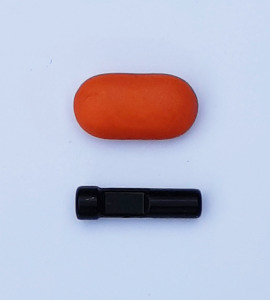
Hitting the Sweet Spot: How to Track Fish Near Dams and Other Obstructions
Over the last several decades, fisheries managers, researchers and even the general public have become more aware and concerned about fish passage – the ability of fish to migrate past dams and other man-made obstructions.
As a result, fish tracking studies have become more common in evaluating the effects these structures have on migrating fish. These studies generally aim to evaluate:
- Fine scale movement to determine which routes fish are choosing to get around dams or to determine the best location to build a new fishway.
- How well existing fishways are working to safely guide fish around these facilities.
- How reservoirs upstream of dams are affecting fish migration.
- How fish that pass through hydropower turbines (entrainment) or over high spillways are affected by such a traumatic journey.
Various Tracking Technologies
Several different technologies are utilized to conduct these studies, including radio telemetry, passive integrated transponders (PIT) and various types of acoustic telemetry. All have their own features that that make them useful tools for fish tracking, but their shortcomings collecting fine-scale data to track fish in 2D and 3D make them a poor choice for accurately evaluating fish passage around hydropower dams and other structures.
Radio telemetry methods use tags implanted in fish that send radio signals through the water and into the air. These signal are then picked up by antennas located on shore. This allows for broad scale detection of fish from air or shore, but accurate fine-scale evaluations are difficult if not impossible. In addition, radio signals have a hard time traveling through deep water, which is commonly found just upstream of dams.
PIT tags utilize RFID technology, which is similar to the windshield transponders used for electronic toll collection. Fish outfitted with PIT tags can only be detected when they swim through an antenna, much like a car driving through a toll station on the highway. However, this type of fish tracking has limited application outside of detecting tagged fish at pinch points, such as fishway entrances or exits. Thus it provides little information about fish behavior, such as responses to attraction flows (specific flows set up near fishways to attract fish into them).
JSATS acoustic telemetry is similar to Innovasea’s 307 kHz acoustic telemetry system, but operates at a higher frequency (416.7 kHz). This high frequency can be problematic in noisy environments and create a high number of false positive detections, making these type of tags less than ideal at many hydropower facilities.
Other acoustic telemetry technologies utilize much lower frequencies, such as Innovasea’s 69 kHz tags, which were originally designed for broad scale fish tracking studies primarily in the ocean and in large lakes. Like the JSATS system, this lower frequency also has difficulty tracking fish in noisy environments.
The New Sweet Spot
Because of this, Innovasea developed a new technology that hits the sweet spot for tracking fish in noisy environments: the 307 kHz frequency.

A V3 tag next to a common pill.
Studies have shown that higher acoustic frequencies, such as the operating frequency of JSATS tags, are negatively impacted by greater attenuation. In other words, higher rates of attenuation (the absorption of sound in water in this case) occur at higher sound frequencies, leading to lower detection rates and ranges compared to lower acoustic frequencies.
Meanwhile lower acoustic frequencies are negatively impacted by the noise generated by hydroelectric dams.
But the 307 kHz frequency used by Innovasea’s V3 tags allows signals from tagged fish in these noisy environments to be detected accurately and reliably. The better performance enables researchers to collect both broad scale and ultra-fine-scale (sub meter accuracy of 2D and 3D positions of fish) information to evaluate how fish are attempting to migrate around dams. As an added bonus, the tags themselves are tiny and have minimal impact on the fish.
This versatility enables researchers to use the 307 kHz frequency for all the different types of fish passage studies mentioned above, avoiding the need for multiple technologies and multiple studies. And being able to use a single technology to answer all (or most) of their questions helps them save money and derive data and insights in a timely manner to protect our valuable fisheries faster and more efficiently.
About the Author
Michael Sears is the business development manager for Innovasea fish passage services and has 15 years of experience in fisheries science and consulting. He has conducted and managed numerous fish passage and protection studies throughout the United States. Prior to joining Innovasea, he worked for HDR managing hydropower relicensing and compliance studies. He holds a master’s degree in environmental science and policy from the University of South Florida and a bachelor’s degree in fisheries and wildlife biology from the University of Vermont.

Want to learn more?
Contact Innovasea today to find out how our fish tracking experts can help with your next project.
